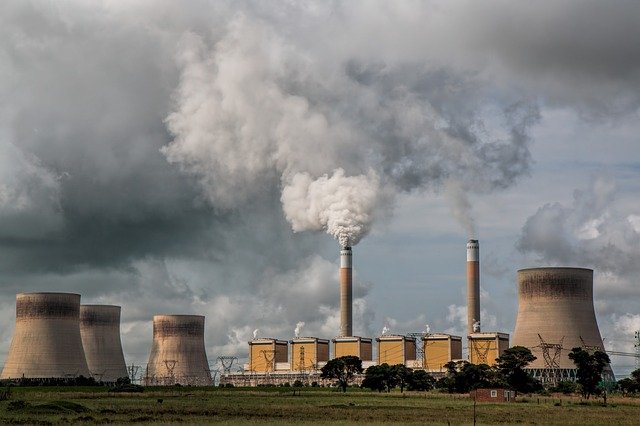Public power utility Eskom has announced it will increase electricity tariffs by 15.63% from April 1, 2021. Eskom and the National Energy Regulator of South Africa (NERSA) have reached an agreement on what the public enterprise’s allowable revenue for the 2021/22 financial year will be.
This was confirmed by a court order handed down by justice Joseph Rualinga on February 15. Rualinga had also heard Eskom’s application in the High Court in January, but at the time, this was still pending NERSA’s appeal on the matter.
In 2020, the High Court found that Eskom should recover R69-billion in a phased approach over the course of the next three years.
Nersa had reportedly also negotiated with Eskom to reach a settlement of R10-billion to mitigate the risk of the court ordering a R23-billion addition.
R23-billion is the amount that the High Court originally found Eskom to be entitled to for the next financial year. This, however, would have resulted in a tariff increase of 21% for the country’s electricity consumers.
As reported by MyBroadBand, the new court order stated that ‘an amount of 5.44c/kWh will be added to the average standard tariff for Eskom customers in the 2021/22 tariff year making the aggregate standard tariff for Eskom customers in the 2021/22 tariff year 134.30c/kWh’.
In March 2020, Eskom won the court battle against NERSA. The embattled power utility fought against the Energy Regulator to be granted another tariff increase.
Eskom aimed to use an increase in tariffs to recover R219-billion in revenue from its consumers. However, the increase granted by NERSA means that the public enterprise will only be able to recover R190-billion. It had 60 days to formally apply to the regulator to have the tariffs officially increased.
Many analysts were shocked when Eskom first announced it would be taking NERSA to court to fight for the approval of a tariff increase, with many calling it ‘unprecedented’. NERSA initially argued that Eskom is not maintaining itself as it should and that the rampant mismanagement within the entity itself is to blame for its dysregulation.
The court battle stretched back to 2019, when Eskom initially requested an 18.91% increase in tariffs, but was only granted a hike of 5.23% by the Energy Regulator.
In September 2020, the embattled power utility announced that load shedding would continue until 2022, owing to ageing and unreliable infrastructure. However, it released another statement earlier, saying that load shedding could be expected to stretch until August.
“When we had a session with the [Public Enterprises] department recently, we were informed that we will be having load shedding until end of August,” spokesperson Khaya Magaxa said during an interview on February 7.
Magaxa cited old equipment and a shortage of advanced local technicians at Kusile, a coal-fired power plant currently under construction, as part of the reason behind the extended loadshedding. Many technicians operate across the globe and Eskom is now struggling to get them into the country due to travel restrictions and the financial costs of procuring them.
South Africans have now learned to keep a close eye on Eskom’s social media pages for when load shedding strikes, as it often does so unexpectedly. Continue to keep your candles close.
ALSO READ: Savvy tips for load shedding
Picture: Pixabay

